Climbing the microchip mountain
In August last year, the government assigned the Ministry of Planning and Investment to coordinate with relevant agencies to develop a human resource development project for the Vietnamese semiconductor industry towards 2030 to promptly meet manpower needs of semiconductor businesses and investors in Vietnam.
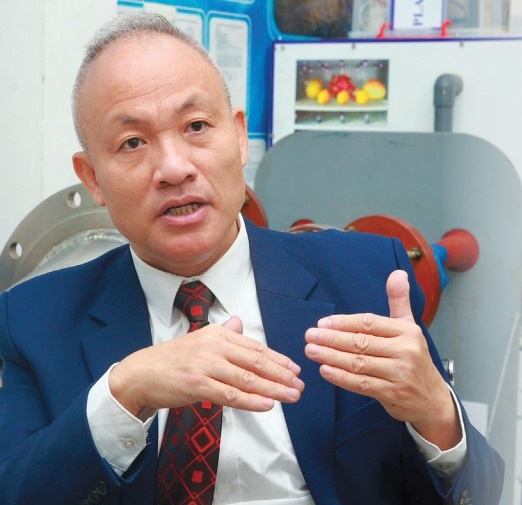 |
| Nguyen Quoc Sy, chairman of the VinIT Technology Institute |
According to market research published by Custom Market Insights in August 2023, the scale and revenue of the global semiconductor chip market was valued at about $580 billion in 2022 and was expected to reach $634.5 billion in 2023, and is expected to reach about $1.12 trillion by 2032.
Data from Bloomberg also shows that revenue of Vietnam chip imported into the United States has increased from $312.7 million in February 2022 to $562.5 million after one year, accounting for 11.6 per cent of the market share in the US, ranked only behind Malaysia and Taiwan.
The aforementioned numbers show Vietnam’s significant contribution to the current semiconductor market. But we must frankly admit that the majority of Vietnamese workers in the semiconductor industry participate in the final production stages at the lowest added value. In the entire semiconductor production and design stages, Vietnamese experts hardly participate.
To train human resources for the semiconductor industry, we must meet the following conditions: high-level staff, lecturers, and experts for training at sci-tech universities; modern equipment system and specialised laboratories; and a system of programmes and technological research documents for training.
Meanwhile, programmes and documents for research and training in semiconductor majors are still lacking. The semiconductor industry requires very high quality, not quantity.
Long path ahead
For many years, Vietnam has trained mainly in circuit design and a few staff for the materials and semiconductor manufacturing industry. Both the quantity and quality of training yet to meet market requirements, especially with rapid change and development in semiconductor technology in recent years.
The curriculum of the two fields is also fundamentally different. We can take the training programmes of countries with advanced semiconductor industries like the US, but for this industry, we cannot provide the curriculum to students like the way we read a story. It is necessary to prepare equipment, laboratories, and research centres so that both teachers and students can research and practice.
The semiconductor industry requires the achievements of many scientific sectors, especially physics and mathematics. Experience shows that markets with semiconductor industries are developed and with large investments, scientific and effective management systems, and transparency.
Taiwan has invested in the semiconductor industry since the 1960s, and Japan has done so since World War II. Both have had great support from the US in technology. The same goes for some other markets, but they all take many, many years to succeed.
Taking the right steps
Vietnam’s semiconductor industry is attracting the attention of many multinational corporations and foreign direct investment, thus helping increase resources for its domestic development.
Intel increased its total investment in Vietnam to $1.5 billion in 2021 to increase semiconductor production in the Saigon High-Tech Park in Ho Chi Minh City. Samsung Electro-Mechanics Vietnam in Thai Nguyen province invested $2.53 billion for mass production of ball grid array semiconductor chips.
In September 2023, Amkor Technology Group of South Korea announced an investment of $1.6 billion in manufacturing, assembling, and testing semiconductor materials at Yen Phong II-C Industrial Park in Bac Ninh province. Also in September, Hana Micron Vina said it had invested $600 million and will increase to $1 billion by 2025 in semiconductor production in Van Trung Industrial Park in the northern province of Bac Giang.
To realise the dream of developing Vietnam’s semiconductor industry, it is necessary to have its own model and approach based on experience and extensive cooperation with countries with advanced semiconductor industries. Vietnam must also have prerequisites such as appropriate and efficient policy mechanisms to attract financial and technological investment; efficient organisational and management apparatus; and large investments in people and equipment to enable it to participate deeply in the global semiconductor supply chain.
Semiconductors have dozens of types of semiconductor materials, hundreds of applications with different and varied technology products. Many products among them have been done well by other countries and occupied leading positions in the supply chain. We are a newcomer in this high-tech field and will certainly encounter many difficulties.
It is necessary to reorganise universities and research institutes in the direction of integration and sharing resources of people, equipment, laboratories, and documents for the semiconductor industry, contributing to fundamentally solving the problem related to technological tasks, minimising difficulties, promoting favourable factors, and making the most of the capacity of the current research and training system.
We must innovate methods in management organisation and operations of research centres and training facilities in a compact manner. The research equipment system needs to be invested in to ensure its modernity and competitiveness in research.
We must also build a special mechanism to attract and transfer technologies and talents. At the same time, we must have our own technological inventions to be able to catch up with the world in the semiconductor product chain. Output of the semiconductor industry should also be regulated by common market mechanisms, satisfying domestic and world market needs.
The support in technology, investment, organisation, and management from strategic partners is critical. But we are the people who decide success in developing this industry, and no-one can do it for us.
What the stars mean:
★ Poor ★ ★ Promising ★★★ Good ★★★★ Very good ★★★★★ Exceptional
Related Contents
Latest News
More News
- The blueprint to unlocking Ho Chi Minh City’s potential (May 05, 2024 | 13:43)
- Vietnam must recalibrate policy mix and pursue reforms (May 05, 2024 | 11:00)
- Innovative entrepreneurship for a high-income Vietnam (May 05, 2024 | 11:00)
- CPTPP is diplomatic success – but can deliver more (May 04, 2024 | 23:49)
- Strategic advances can build on Vietnam’s position in logistics (May 04, 2024 | 23:07)
- Core principles of growth still apply (April 30, 2024 | 11:21)
- East Asia funding a nucleus for Vietnam’s attraction (April 24, 2024 | 15:05)
- Regional cooperation advances boosted through ASEAN Future Forum network (April 24, 2024 | 11:46)
- Legal reforms pave the way for healthtech advancements (April 22, 2024 | 09:22)
- Establishing and developing a virtual asset framework (April 16, 2024 | 09:55)


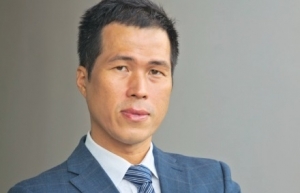
 Tag:
Tag:


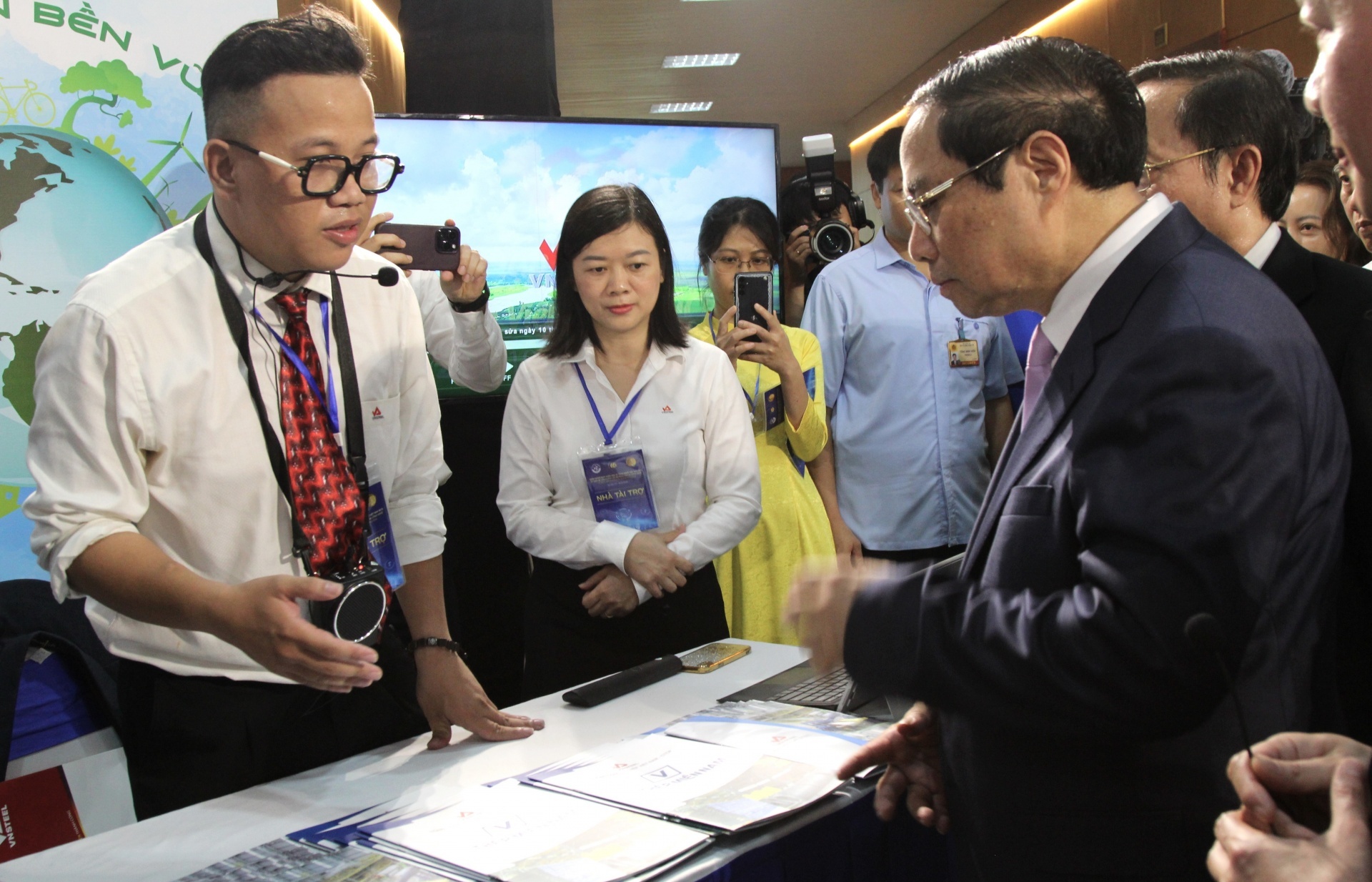

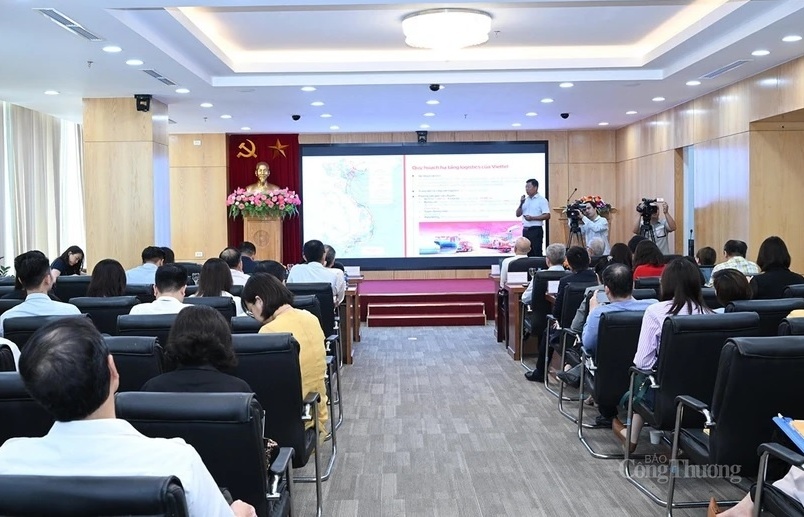


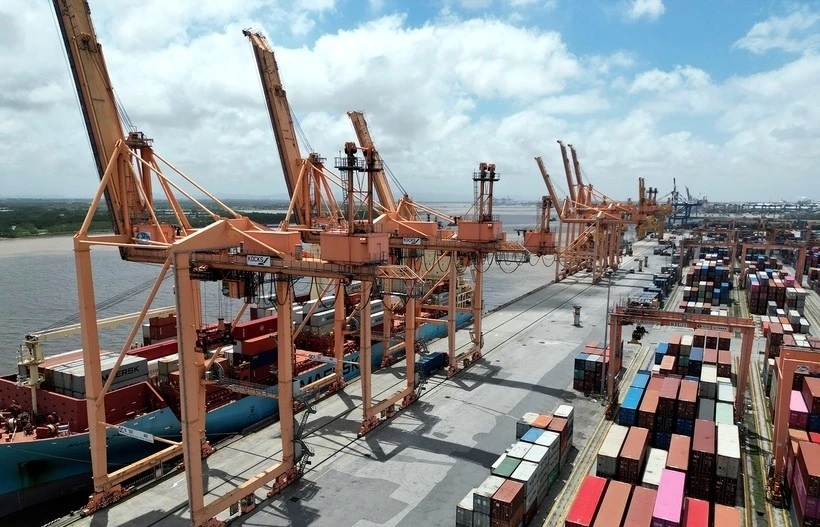
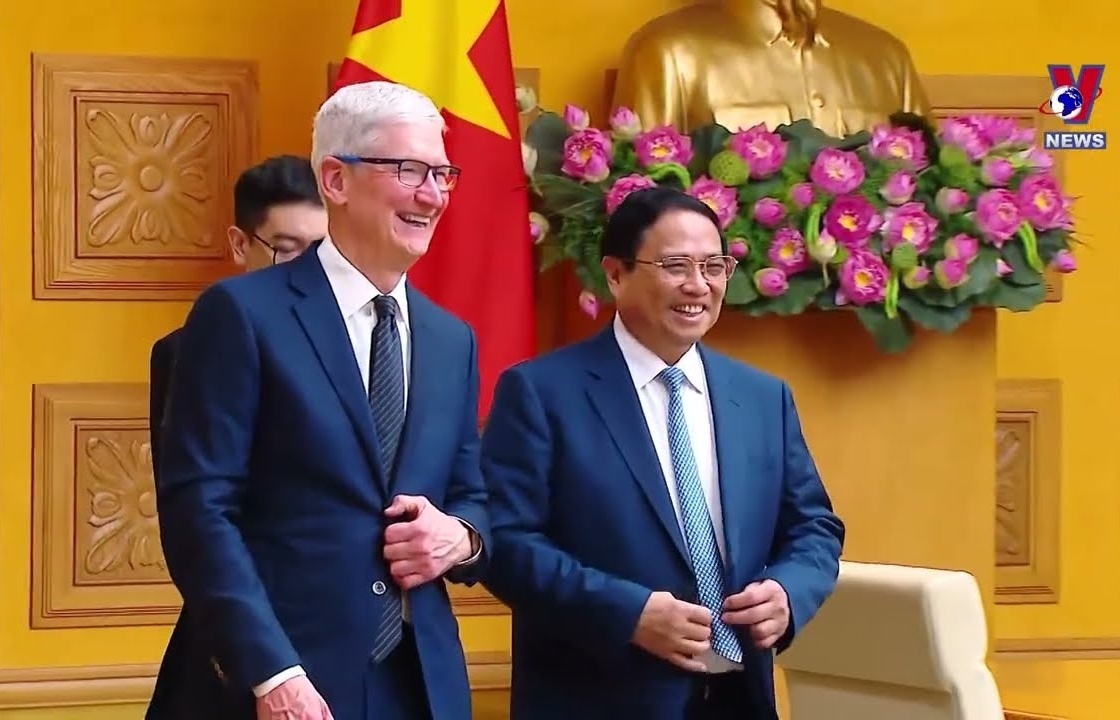



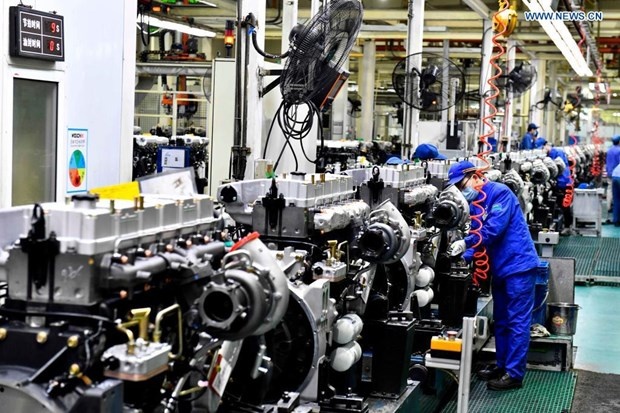
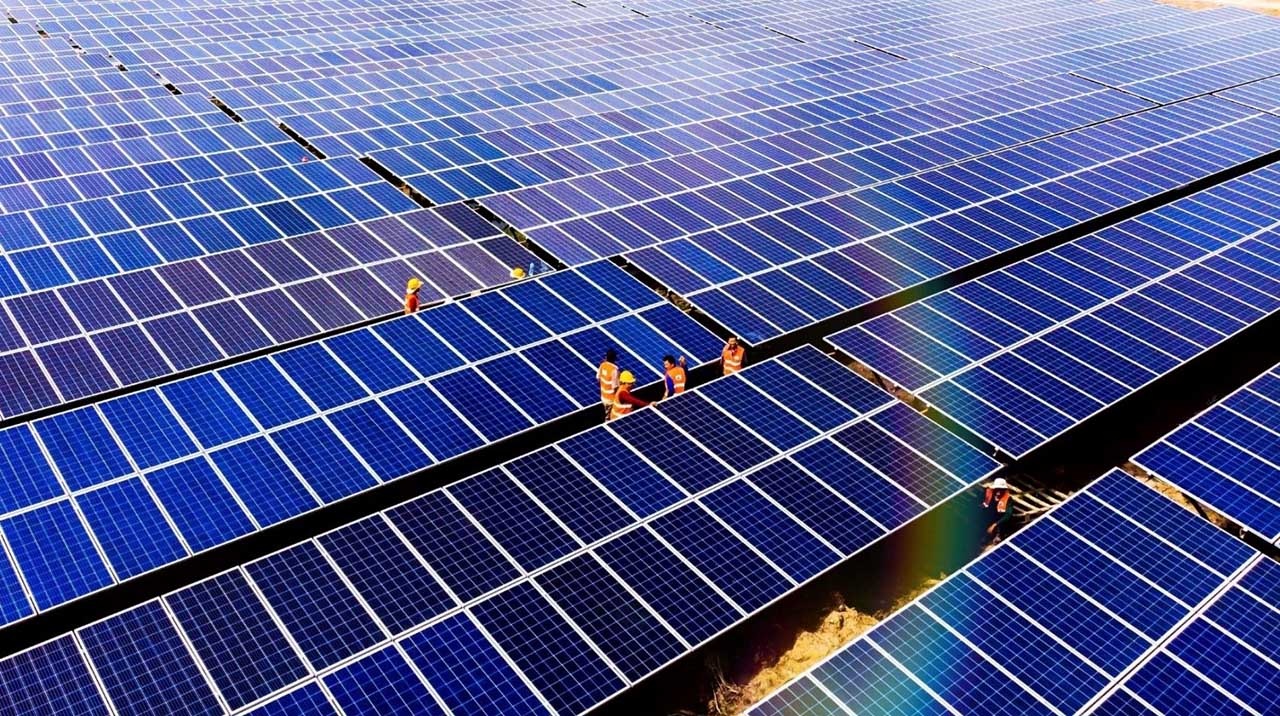



 Mobile Version
Mobile Version